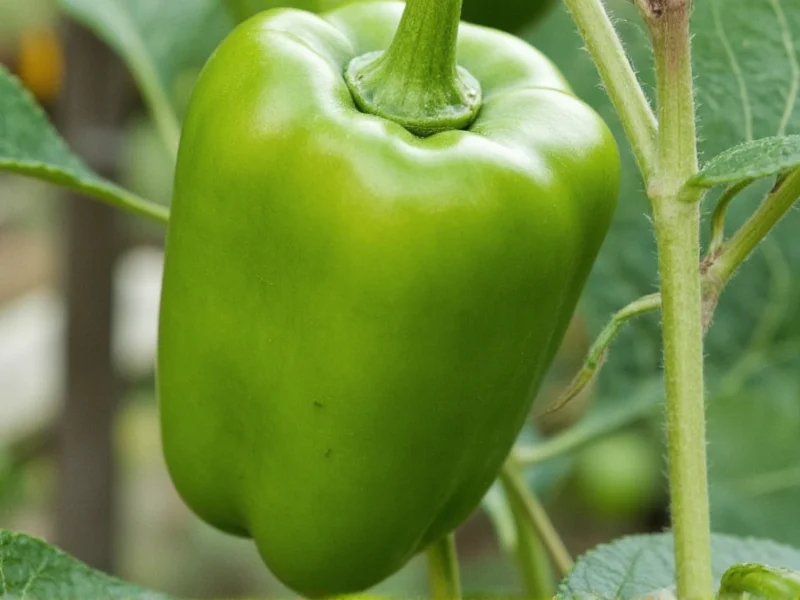Understanding the relationship between Hatch chiles and Anaheim peppers requires examining their botanical connection, growing regions, and culinary applications. This confusion stems from overlapping terminology in the chile pepper world, where regional growing practices influence naming conventions.
Botanical Background and Origins
The Anaheim pepper ( Capsicum annuum ) was developed in the early 1900s by German immigrant Emilio Ortega in Anaheim, California. This mild to medium-heat pepper (500-2,500 Scoville units) became popular for its versatility in Southwestern cooking. The Hatch Valley in New Mexico, however, has ideal growing conditions—high desert climate, mineral-rich soil, and abundant sunshine—that produce distinctive chiles with complex flavor profiles.
When Anaheim seeds are planted in Hatch Valley, the resulting peppers absorb the terroir of the region, creating what's marketed as “Hatch chiles.” But Hatch Valley growers also cultivate other varieties like Big Jim, Sandia, and Joe E. Parker peppers. This is why “Hatch” refers to a growing region rather than a specific cultivar.
Comparing Characteristics
| Characteristic | Hatch Chiles | Anaheim Peppers |
|---|---|---|
| Origin | Grown exclusively in Hatch Valley, New Mexico | Originally from Anaheim, California; grown worldwide |
| Classification | Regional designation (multiple varieties) | Specific cultivar (Capsicum annuum 'Anaheim') |
| Heat Level | 1,000-8,000 SHU (varies by variety and growing conditions) | 500-2,500 SHU (more consistent) |
| Flavor Profile | Earthy, complex, with regional variations | Milder, slightly sweet, grassy notes |
| Seasonality | August-September harvest (limited seasonal availability) | Available year-round from various growing regions |
Why the Confusion Exists
The overlap between these terms occurs because Anaheim peppers grown in Hatch Valley are sold as Hatch chiles. Many grocery stores and restaurants use “Hatch” as a marketing term for any green chile with medium heat, regardless of actual origin. This commercial practice has blurred the distinction between the regional designation and specific cultivar.
True Hatch chiles carry the Hatch Chile Association's certification seal, verifying their New Mexico origin. Without this certification, peppers labeled “Hatch” might simply be Anaheim peppers grown elsewhere—a common practice that contributes to consumer confusion about are hatch chiles the same as anaheim.
Culinary Applications and Substitutions
Both peppers work well for roasting, stuffing, and adding mild heat to dishes, but their flavor differences matter in authentic Southwestern cuisine. Hatch chiles offer more complex, earthy notes that intensify when roasted, making them ideal for New Mexican dishes like chile rellenos and green chile stew.
When substituting:
- Anaheim peppers can replace Hatch chiles in most recipes, but expect milder flavor
- For authentic Hatch flavor, seek certified Hatch Valley peppers during harvest season
- Off-season, consider mixing Anaheim peppers with a small amount of hotter chiles like jalapeño to approximate Hatch's variable heat
Seasonality and Availability
Hatch chile season runs from late July through September, when fresh peppers flood markets. During this period, you'll find genuine Hatch chiles at farmers' markets and specialty grocers. Outside this window, frozen or canned Hatch chiles maintain better flavor than year-round Anaheim peppers, which often lack the distinctive terroir of valley-grown varieties.
Understanding the difference between hatch chiles and anaheim peppers helps home cooks select appropriate ingredients. While Anaheim provides consistent mild heat, Hatch chiles deliver regional character that varies by farm and growing conditions—part of what makes them prized by chefs and home cooks alike.











 浙公网安备
33010002000092号
浙公网安备
33010002000092号 浙B2-20120091-4
浙B2-20120091-4